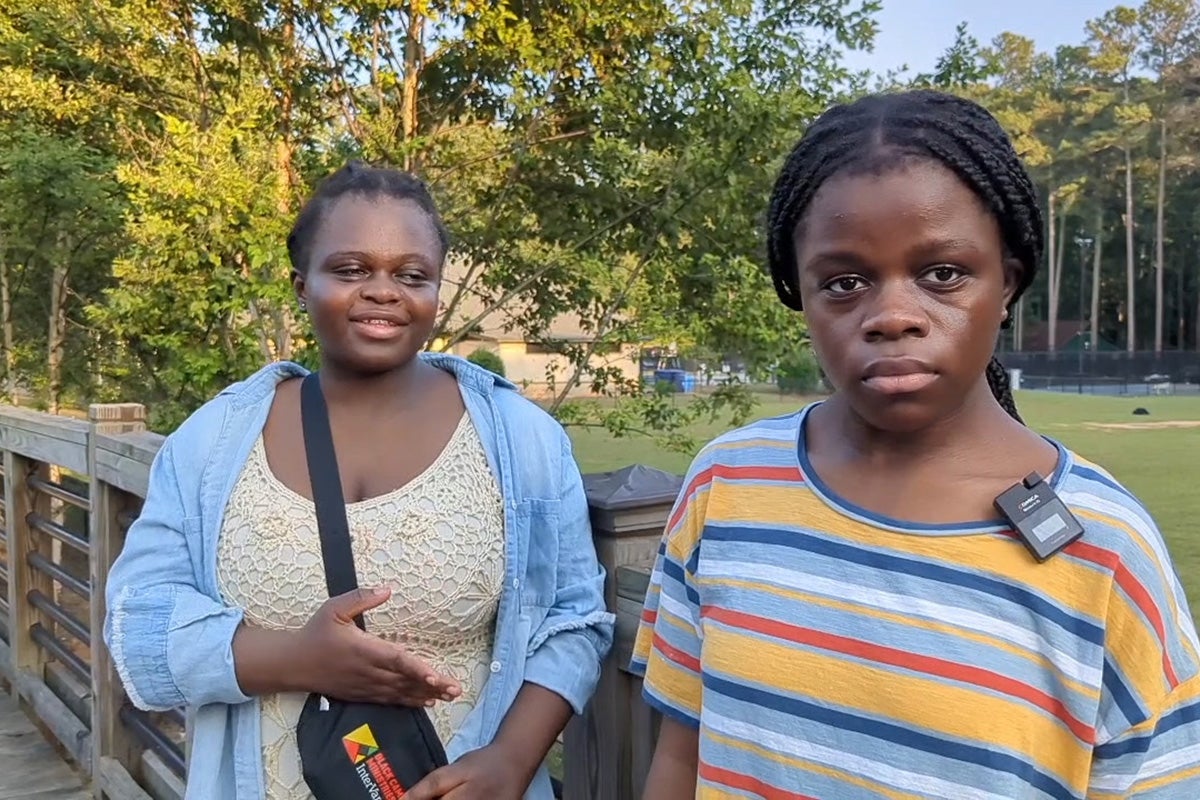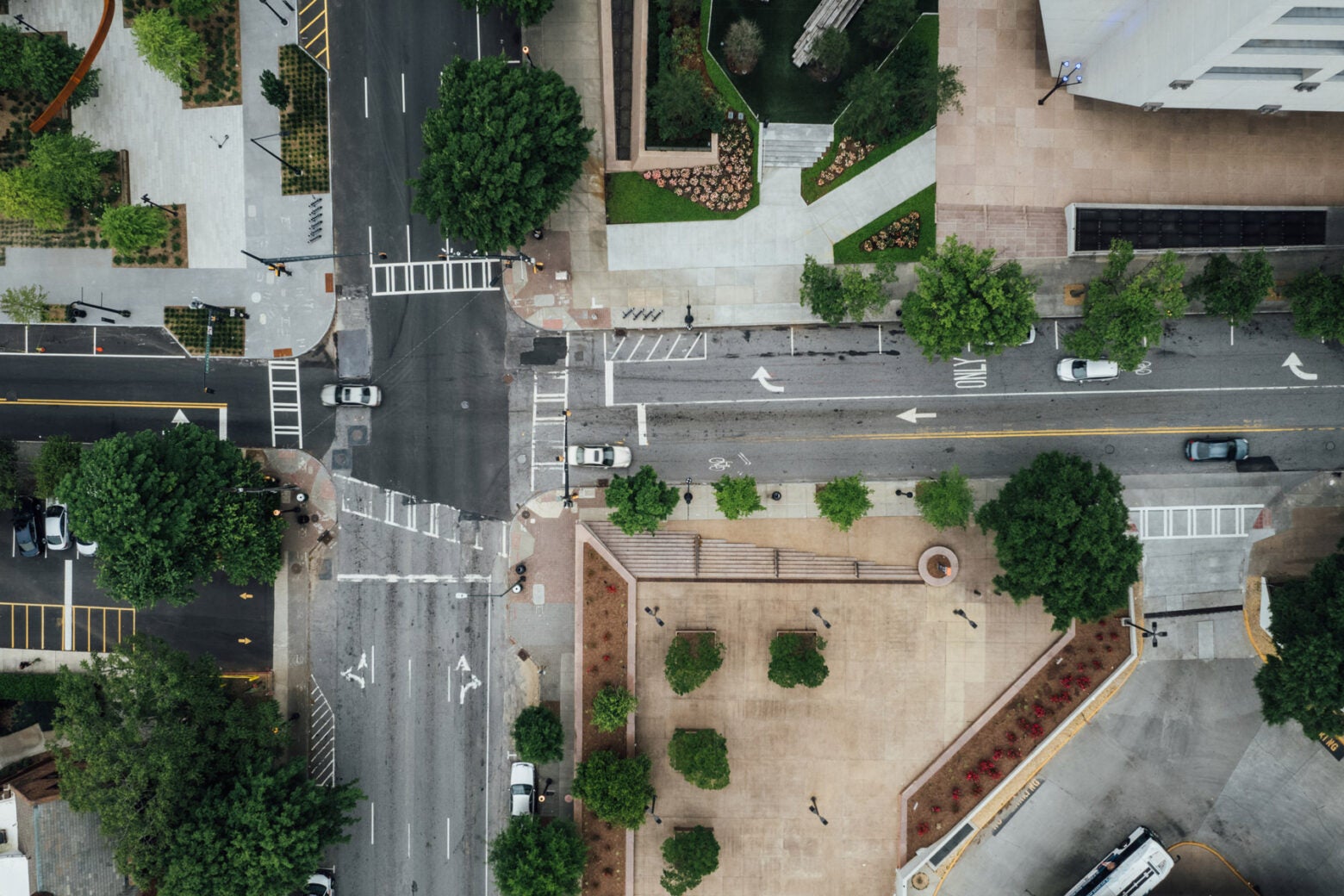
Feature
“When you design roads, that is public health.”
Quanisha Ball’s commute to work involved catching an employee shuttle just a few blocks from her apartment in Decatur, Georgia. She mapped out the safest route to the shuttle, but there was no avoiding Scott Boulevard, with its seven lanes of traffic and a speed limit of 45 miles per hour. There, on November 17, 2022, she was hit and killed by a car. Police don’t know how fast the car was going, but Ball, who was 31, went airborne, landing outside the crosswalk, while the car had to be towed from the scene.
Ball was part of a 25 percent jump in traffic fatalities in the United States in the past decade, including a surge in 2020 and 2021. Transportation experts attribute the rising number of deaths to factors such as increased speed limits, bigger and heavier vehicles, and the distractions of smartphones. But they also say these deaths are entirely preventable. For instance, Vision Zero, a road safety system widely adopted in Australia, Canada, and the European Union, has helped reduce both fatalities and severe injuries. It uses bike lanes, pedestrian walkways, and other design elements to encourage drivers to slow down in places where they share the roads with cyclists and pedestrians.

Quanisha Ball on her 30th birthday, the first she celebrated in North Decatur, Georgia.
Courtesy of Courtney Thompkins
In the U.S., although cities such as Alexandria, Virginia and Hoboken, New Jersey can point to Vision Zero as helping them eliminate traffic deaths, the program has run into roadblocks. The web of federal, state, and local jurisdictions that control decisions about—and funding for—roads is partly to blame. But advocates for safer roads argue that reframing traffic fatalities as a public health crisis would create public awareness and boost support for developing safer infrastructure. They are seeking greater collaboration between transportation engineers and public health experts to change how decisions are made about road design.
“We excuse things that have to do with cars that we don’t with other public health norms,” such as health risks from second-hand smoke, says Tara Goddard, an associate professor in the Department of Landscape Architecture and Urban Planning at Texas A&M University. Goddard’s research shows that an overwhelming majority—almost 84 percent—of respondents think the risk of serious injury is part of driving (less than 40 percent feel the same way about work). At the same time, two-thirds said society should not simply accept the consequences of driving.
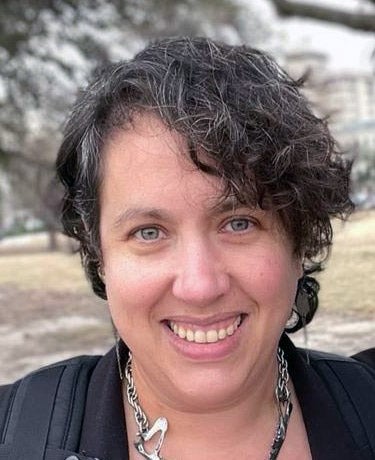
A public health approach could help transportation engineers promote and execute Vision Zero as a series of systemic changes that address road safety challenges. “When you design roads, when you design routes, when you design even where a bus stop is located or where a transit center is located, that is public health,” says Sophia Peerzada, a public health expert who specializes in traffic safety but is commenting as a private citizen. “Because [design] directly impacts people’s safety on the roads, and their ability to safely get around.”
Road design shapes driver behavior
The majority of traffic fatalities happen in what transportation researchers call high-injury networks. These are typically locations where people walk or bike on or near roads with speed limits set at 35 to 45 miles per hour, and are where the majority of traffic fatalities occur. “Thirty-five miles per hour is really a sweet spot for killing people,” says Patricia Tice, a transportation researcher and founder of the consulting company ProFound Insights. Tice observes that cyclist and pedestrian deaths often occur in what are called “origin-destination pairs,” where a person has to cross a busy street to reach home, work, or shopping.
“Thirty-five miles per hour is really a sweet spot for killing people.”
Patricia Tice, transportation researcher and founder of consulting company ProFound Insights
Vision Zero policies focus on identifying high-injury networks and making them safer. A major tenet of the approach, which is backed by research, is that the built environment influences driver behavior. It also holds that road design should account for potential human error, so people aren’t killed or severely injured if a crash should happen.
The approach cut traffic fatalities by 36 percent between 2010 and 2020 in European countries where Vision Zero has been implemented, such as Sweden and Denmark. Fatalities in Edmonton, Canada, fell 50 percent in six years, and serious injuries by more than one-third, after the city put Vision Zero into practice in 2015. The U.S., meanwhile, has invested more in public awareness campaigns about the risks of speeding or police officers writing more tickets, say advocates. “We are never going to educate and enforce our way out of this crisis, which is what most of the United States is doing at the city, state, and federal level,” says Amy Cohen, the co-founder of Families for Safe Streets. Cohen started the organization, which advocates for traffic safety legislation and offers support to the families affected by what it calls “traffic violence,” after her son was killed by a car in front of their New York City home.
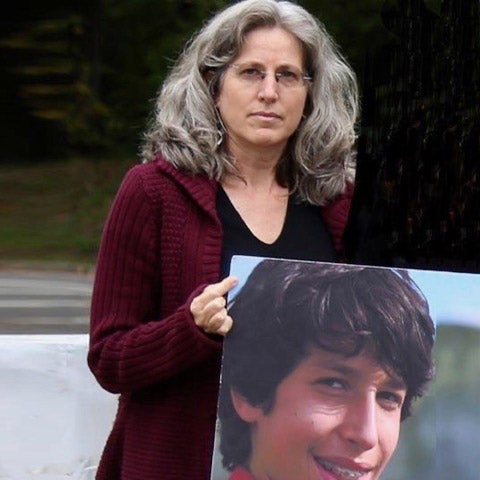
Certain road features, such as wide lanes, encourage faster driving and increase the risk that cyclists and pedestrians will die in a collision. Further, there is evidence that when drivers can make eye contact with other people while driving, they tend to slow down. Lower speed limits, sidewalks, and crosswalks all encourage eye contact and make streets safer for pedestrians. “If you’re actually laying eyes and interacting with someone one out of every four times you go through a space, you treat that space as a social space, and you’ll go less than 25 miles an hour,” Tice says.
But research also captures a mismatch between what most people feel is safe and what is actually safe. Narrower lanes make drivers slow down, but often make them feel more nervous. “A lot of traffic engineering is counter-intuitive to people who don’t study it,” says Veronica Davis, author of the book Inclusive Transportation: A Manifesto for Repairing Divided Communities, and the director of cities programs at AtkinsRéalis, a design, project management, and engineering company.
Goddard thinks public health professionals can help address this disconnect. “We have more than enough research to know what design makes people safer,” she says. “What we don’t know is how to implement it.”
Systemic change is difficult
Some of the U.S. cities that have passed measures to implement Vision Zero include New York, Chicago, Austin, and Boston, with mixed results. In addition, the National Roadway Safety Strategy from the U.S. Department of Transportation requires states and localities to have a research-backed approach to improving safety to get federal funding for road projects.
“If you don’t have a Vision Zero action plan, there’s this giant pot of money you don’t get to ask for,” says Jay Blazek Crossley, the executive director of the nonprofit Farm&City, which is dedicated to improving transportation and urban planning in Texas. But money by itself is not enough.
Joel Meyer, Austin’s transportation officer, points to several challenges in implementing Vision Zero. The biggest is needing to redesign city streets. “We are making progress where we are making investments,” Meyer says. “It’s really just going to take time and resources to retrofit that environment.”
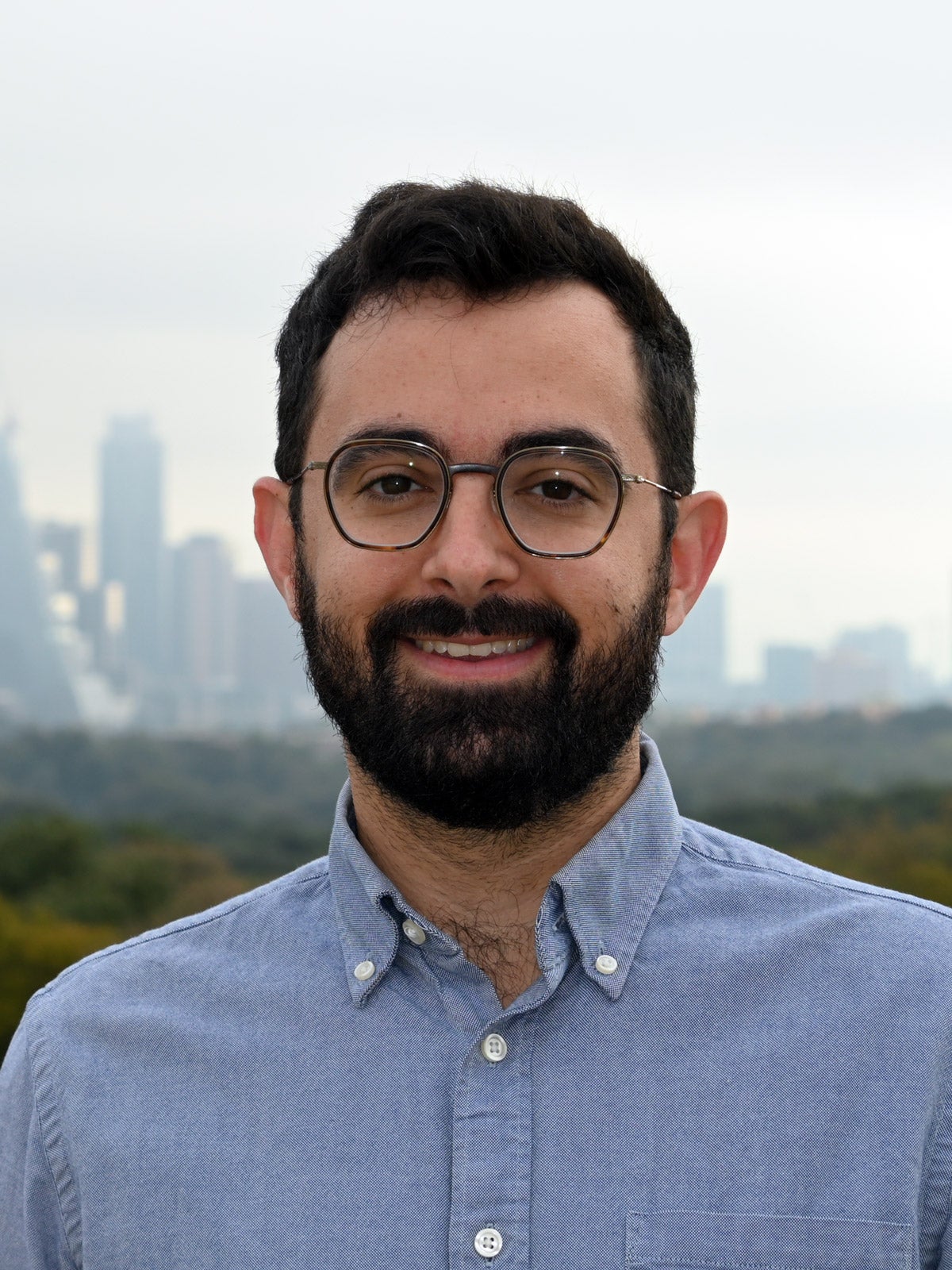
Austin committed to Vision Zero in 2016, as part of a mobility bond that was approved by voters. But it has only been able to apply these improvements to streets under its jurisdiction. Fatalities on these streets have remained flat. However, Austin does not have jurisdiction over streets that are controlled by the Texas Department of Transportation (TxDOT), and on those streets, fatalities have increased. TxDOT adopted a Vision Zero plan for the state, Road to Zero, in 2019, with the goal of eliminating traffic fatalities by 2050. TxDOT said in a statement that in November 2024 it worked with the Texas Department of Public Safety to share tip cards on safe driving during traffic stops, and it launched a safety initiative in December. It noted that “there’s not one solution, it will take all of us working together to save lives on Texas roads.”
In contrast, the city of Houston, which committed to Vision Zero in 2019, has a new mayor, John Whitmire, who is rolling back many of the implemented safety measures. For example, the city removed a median that had been installed to slow down traffic on a road that had recently been the site of a bicyclist fatality. Whitmire’s rationale, as reported by Texas Monthly, was that the median made it harder for first responders to get through.
The city has also reversed a decision to narrow the car lanes in the planned redesign of another road, which would have slowed traffic, while adding bike lanes. Instead, the plan is to add the bike lanes while keeping the wider car lanes. “The lack of bike lanes is not what is dangerous, the fast cars are what’s dangerous,” says Farm&City’s Blazek Crossley. “They are keeping the fast cars.” He says the rollbacks make Houston an outlier in Texas, as the rest of the state is moving in the direction of implementing evidence-based safe systems design.
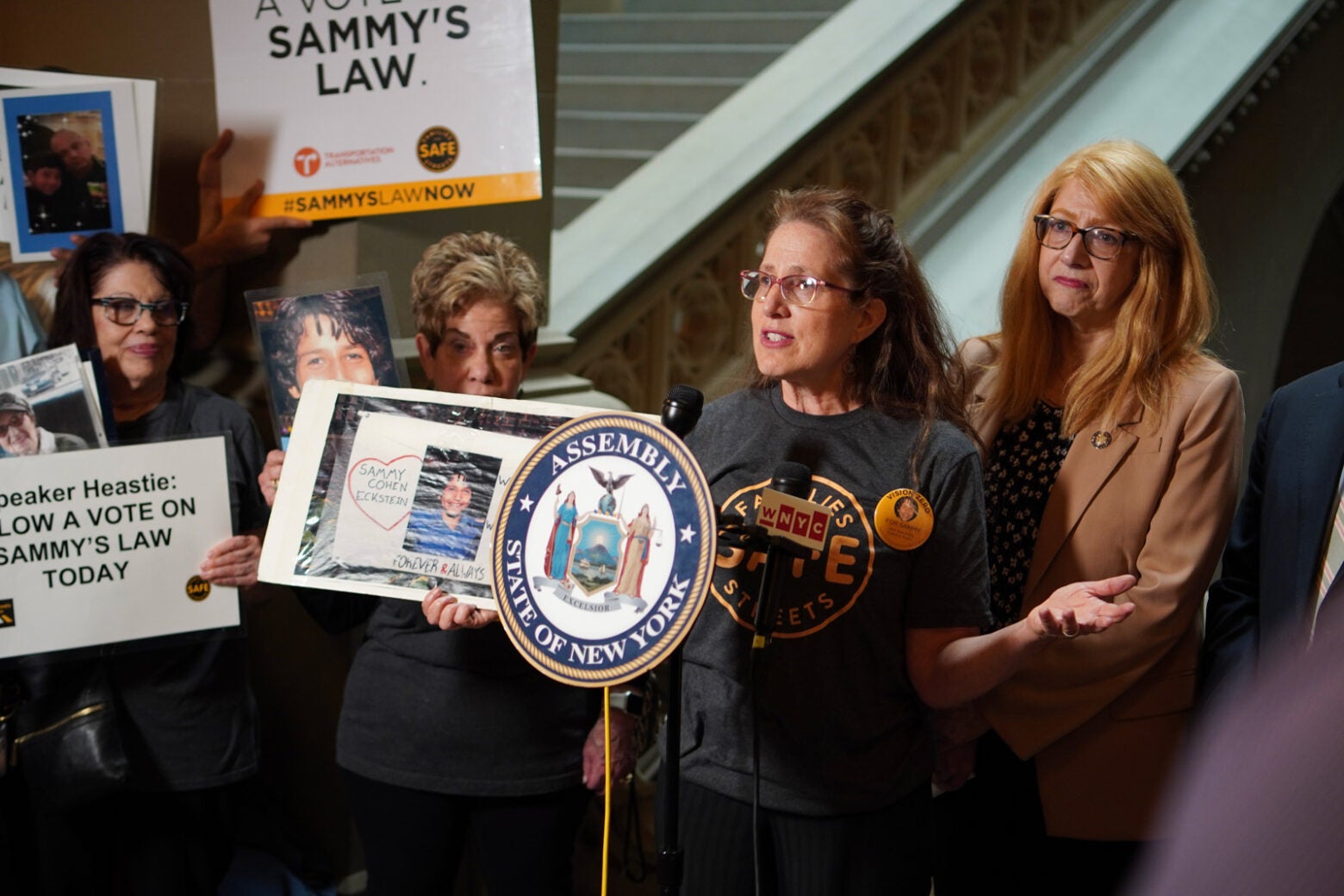
Amy Cohen, second from right, of Families for Safe Streets at a rally at the New York State legislature in support of Sammy’s Law. The bill, named for Cohen's son, was signed into law May 9, 2024, allowing New York City to set speed limits on its streets.
Courtesy of Amy Cohen
Since the rollback started, traffic fatalities in Houston in 2024 set a record, though fatalities combined with severe injuries were down slightly from 2023. At the same time, Harris County outside of Houston, and Texas overall, saw traffic deaths decline. Vision Zero proponents argue Houston’s results point to the need for safer infrastructure. City officials declined an interview request.
In Decatur, Quanisha Ball’s mother Courtney Thompkins feels her daughter’s death was preventable, and has started volunteering with Families for Safe Streets helping Cohen advocate for Vision Zero. The Georgia Department of Transportation in early 2024 changed the timing of the traffic lights at the intersection where Ball died and, a year earlier, another pedestrian was struck. That change is designed to help make pedestrians more visible to drivers, and Cohen calls it a “modest” improvement.

Quanisha Ball, right, with her mother Courtney Thompkins at a birthday dinner in Pittsburgh, Pennsylvania.
Courtesy of Courtney Thompkins
Meanwhile, the city of Decatur is developing its own Vision Zero plan through a Safe Streets and Roads for All grant from the U.S. Department of Transportation.
Thompkins, who recently marked the second anniversary of her daughter’s death, sees these changes as headed in the right direction. Still, she considers the challenges ahead to be significant. She hopes her advocacy efforts will make it less likely that other families suffer. “We have to fight to protect other lives,” Thompkins says.
Top image: Marilyn Nieves / iStock
Tara Goddard: Courtesy of Tara Goddard
Amy Cohen: Courtesy of Amy Cohen
Joel Meyer: Austin Transportation and Public Works Department

